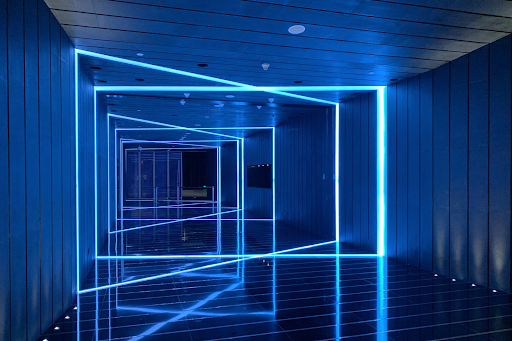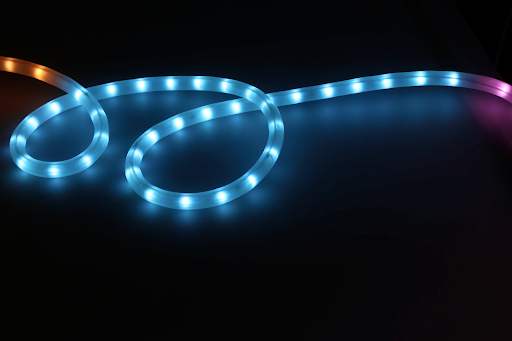
 Loading... Please wait...
Loading... Please wait...Save Money. Grow Your Own!
Fast Plain Box Shipping.
We ship to the US & Canada.
Posted on 13th Jun 2022

If you’re considering buying LED lights, you might find yourself with a few questions. The following will explore
If you’re new to studying lighting options, you might be unfamiliar with what LED lighting actually is and how it differs from other lighting sources. Even if you’re unfamiliar with the explanation behind LED lights, you probably have encountered them many times in your life. LED stands for light-emitting diode. It’s a light source that emits light when a current flows through it.
When LED lighting was first harnessed, it was the more expensive option, with the very first LEDs costing somewhere around $200. As time progressed, LED lighting options became far less expensive, and because they’re so efficient (they use up to 90% less energy than incandescent lighting and 60% less than fluorescent lighting), they’ve become very popular. The market for LED lighting has been growing steadily and is expected to reach somewhere around $124.7 billion by 2027. Couple this with the fact that LED lights tend to last two to three times longer than fluorescent bulbs and more than 50 times longer than incandescent ones, and you have a recipe for a booming industry.
One of the often unspoken benefits of LED lighting revolves around temperature. Lighting used to be something that got hot; if you watch old sitcoms of people changing lightbulbs, you’ll find plenty of jokes involving burnt fingers. LED lights have a much lower heat output than filament bulbs because they don’t project infrared heat in their beams. This aspect of LED lighting is worth thinking about for everyone but especially for people who live in hot climates and are trying to keep their homes and businesses cool, people who are looking to light spaces, delicate artworks or collectibles, and people who want to light spaces containing food. Because LEDs create far less heat, they are often considered safer than other bulb options because there’s less chance of a fire being caused by the heat of the bulb.
When you’re choosing lights to help provide your plants with the light they need to grow, there are extra considerations you want to keep in mind. You need to think about the types of plants you’re growing, when you’re going to grow them and how tall you expect them to get; grow lights come in all shapes and sizes, and you want to be sure that they’re covering an appropriately-sized area for your plant set up. Be sure to make lighting changes gradually, as plants don’t like too much change at once.

There are a lot of contaminants in the world that we need to be wary of, so many in fact that it can become overwhelming. Some people find it easier to simply shut out the toxin conversation altogether, particularly if they’ve just been informed that BPA-free doesn’t actually mean plastic is safe (all it means is that one of MANY toxic compounds is not present; all the other dangers are still there and waiting to cause harm). When it comes to mercury, it’s important not to bury the conversation in the back of your mind. Mercury is seriously dangerous; it’s a poisonous heavy metal that causes neurological effects like anxiety, depression, irritability, tremors, pathologic shyness, memory problems, and numbness. It takes your body a very long time to deal with mercury, and this means that mercury poisoning tends to happen over time. Because of the dangers associated with mercury, it’s not ideal to have as an ingredient in your lightbulbs. If the bulb is to break and leak, there’s a high risk of mercury exposure in your home, and even if the bulb stays intact when you throw it out, you’re more than likely adding mercury to the environment. LED lights are mercury-free.
When selecting lighting, often your first thought is the look of the light. Cooler-toned bulbs tend to create feelings of freshness and cleanliness (too cool and things feel clinical), whereas warmer-toned bulbs tend to create feelings of coziness (too warm and things feel dim). If you’re in the process of choosing new bulbs, you might want to also consider their efficiency, as this can help contribute to an eco-friendly life and save you a bit every month on utilities. That monthly saving adds up over time and can end up saving you a ton in the long run.
The above information should have outlined a few important factors of LED lighting. If there is any advanced electrical work required to set up LED lighting in your space, reach out to a professional. If you’re not 100% confident in your ability to do the electrical work, it’s best to leave it to someone with experience, as electrical work can be dangerous.